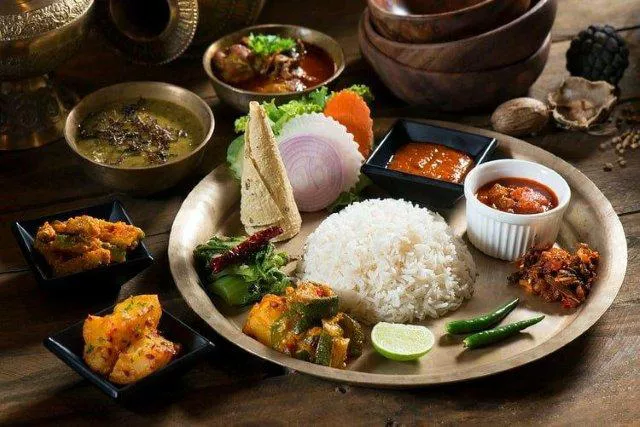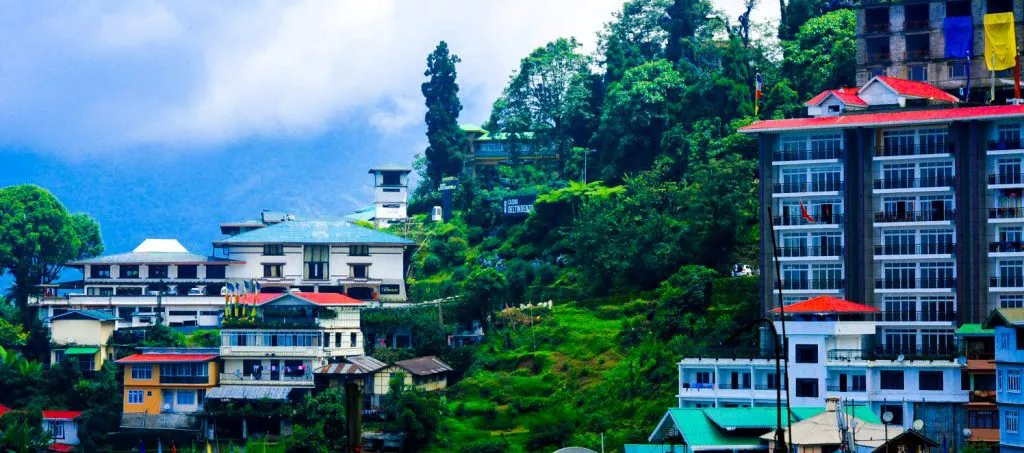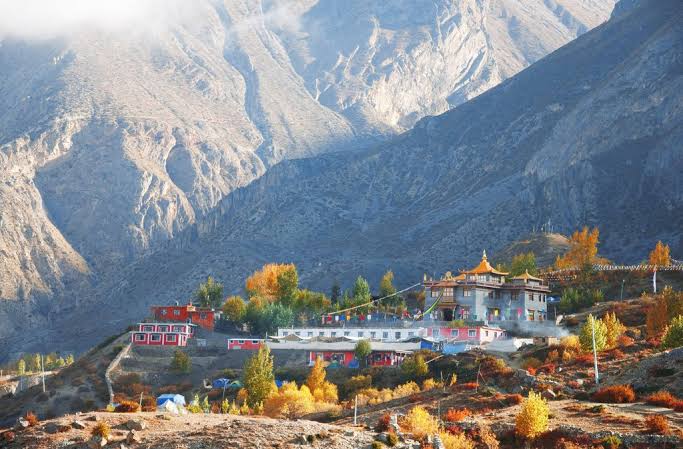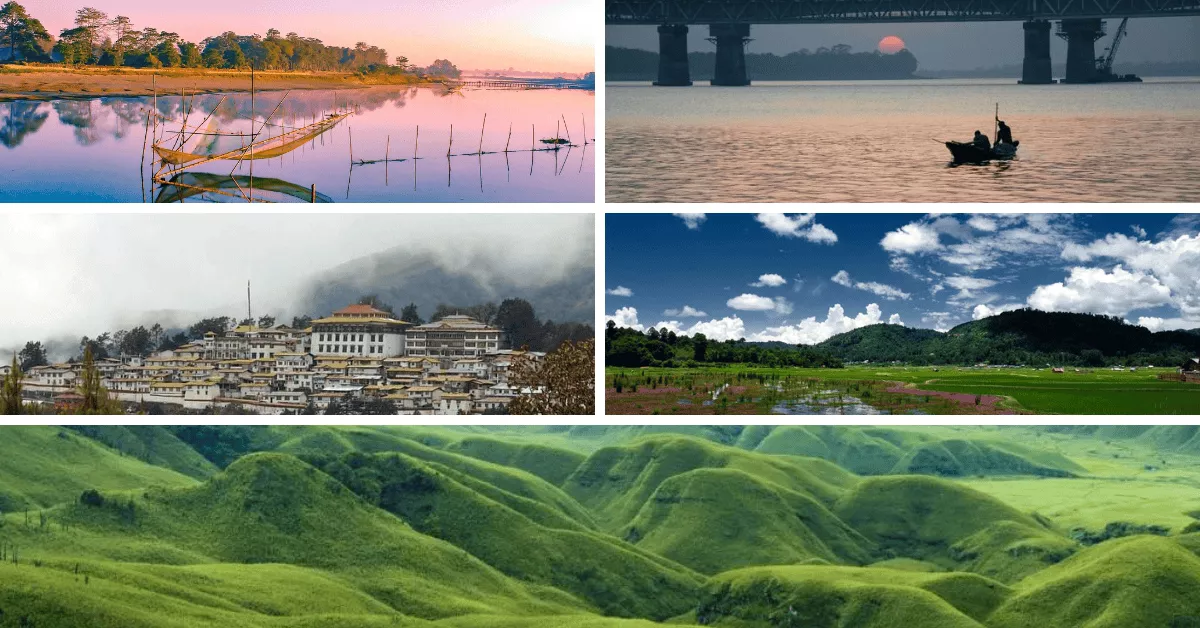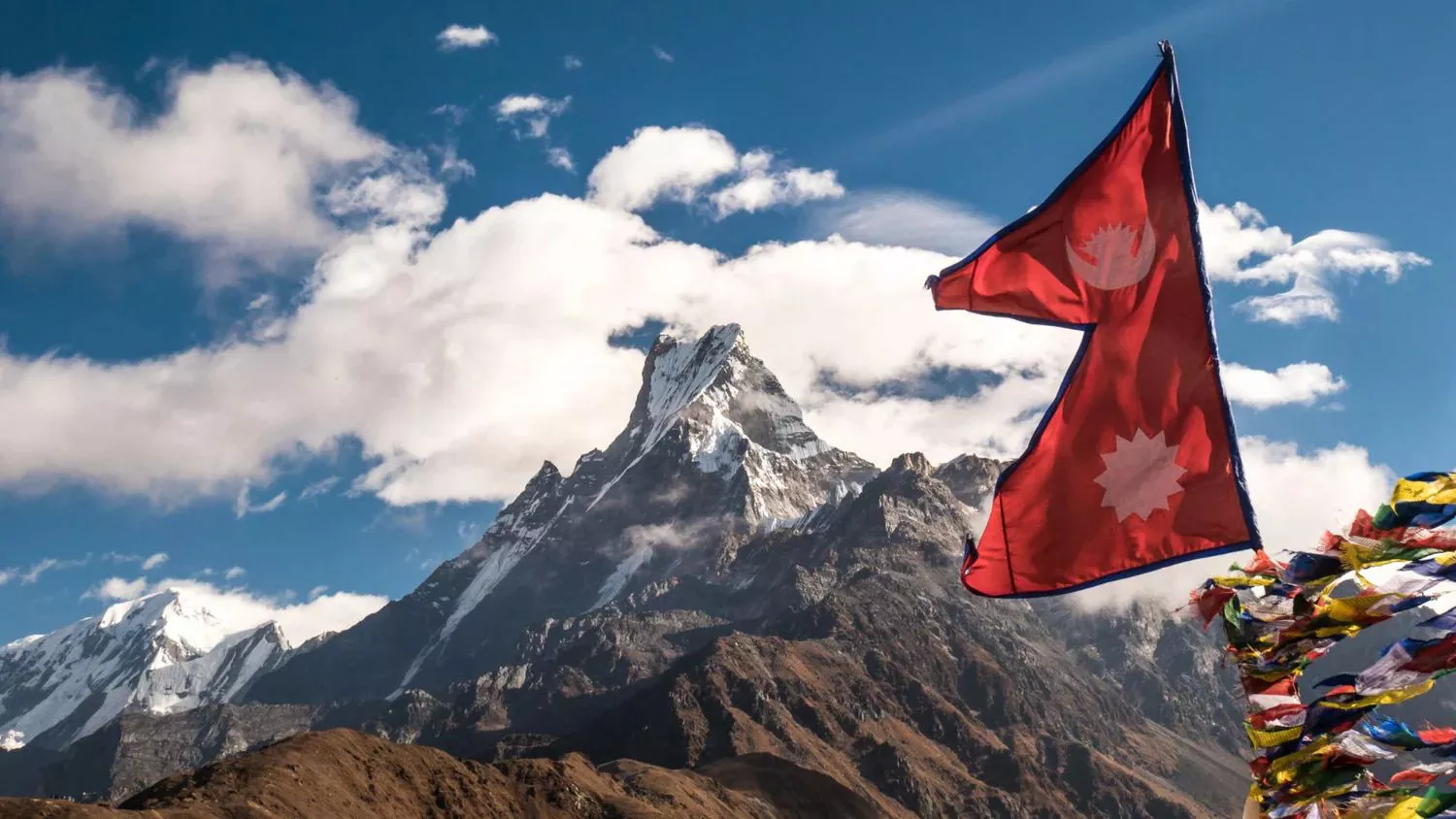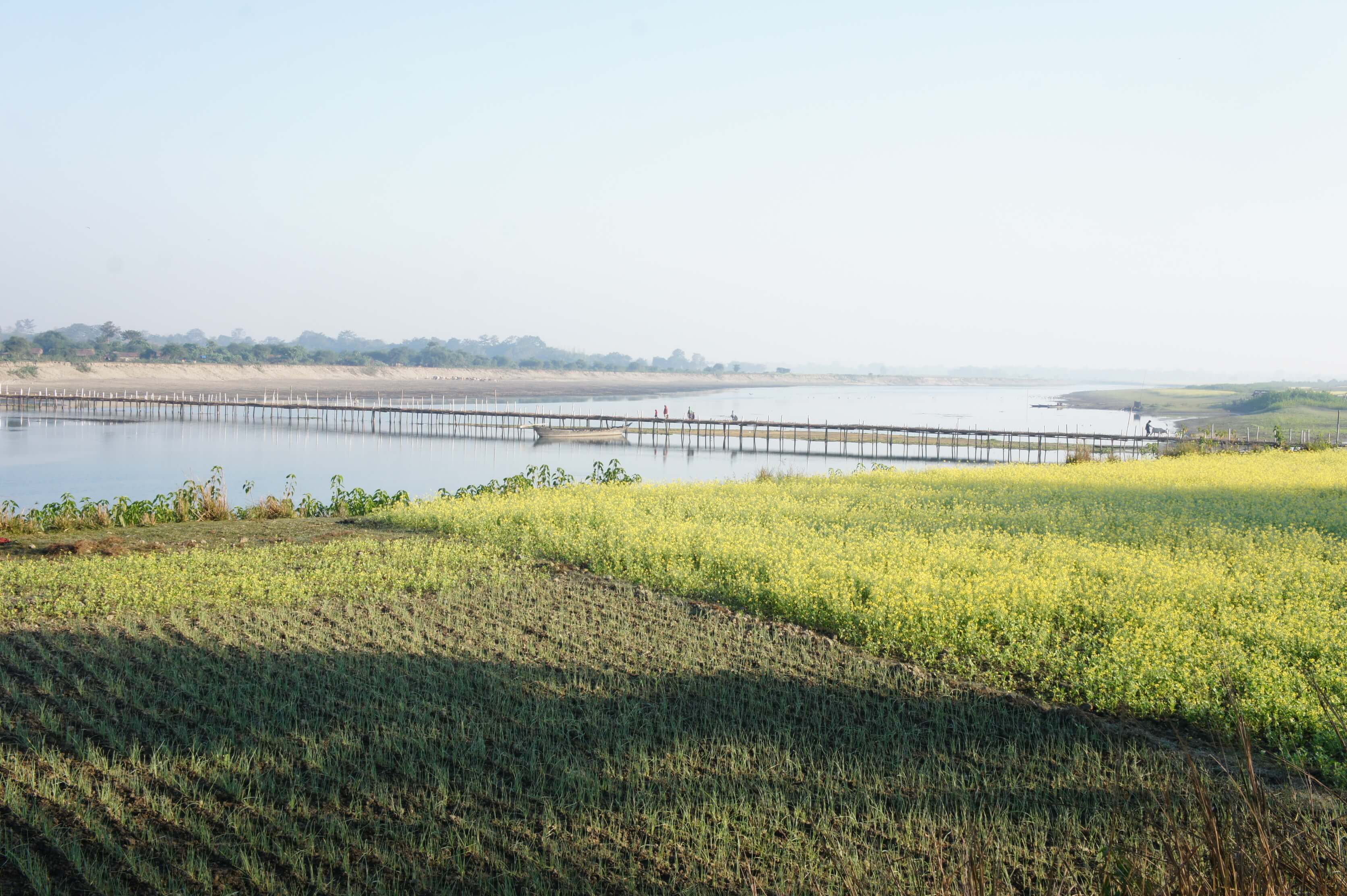
Darker shades reflect more light. One can relate to this phenomena when talking about the eroding river island Majuli. The inaccessibility of the flood-prone island and the modest economy nurtures most of the traditional customs and methods of Assam. Some of the oldest forms of art and trade can still be seen here if not anywhere else. This especially holds true for the traditional fishing methods. The low financial situation of the fishermen does not enable the possession of motor boats and usage of modern fishing techniques such as modern and expensive nets. This only allows one to witness the numerous traditional techniques used for fishing.
It is interesting to see how different types of equipment are used for fishing depending on the level of water, time of year, and the behavior of the fish. For example, one would opt for nets in deep water and basket-like devices made of bamboo strips in shallow water or wetlands. Sometimes the impounding technique and fishing trap and bow and arrow technique are also used. I never knew that one could catch fish using a bow and arrow. When I asked a person if I could see how that is done, I was told that this method is rarely practiced nowadays, as it is very time-consuming and less productive. I was amazed to learn that people left nets tied in the river three months before the start of the fishing season. Fish usually migrate and breed during floods, and after the monsoon when the water bodies start retrenching to marshes, ponds, fisheries, paddy fields etc, people keep fishing nets and aerial traps tied 3 months ahead of the time of harvesting.
I was also not aware of the fact that one has to pay some amount to the government for catching fish from the river. The revenue-free aspect makes the ponds and wetlands peoples’ favorite fishing spots. It also makes the process less professional around the smaller water bodies. If you are with me so far don’t think of rushing to a pond to catch the silver beauties; they are owned too by a society or a family.
The best time to see this interesting activity is near Magh Bihu, (the harvest festival of the state). All the villages join to harvest for a feast with their fishing gears—all types of bamboo and cane devices like chepa, polo, ghuni, jakoi, dologa, and Dingora and different types of nets. The way the otherwise quaint and leisurely Assam charges up during a festival is amazing to see. The ‘rockstar’ spirit comes alive when people call out everyone to dance at the call of a cuckoo or a sight of a spring flower to celebrate the spring festival, and during the harvest festival that falls around mid-January, the whole community joins for fishing. They sing songs and dance, some as spectators and some actively harvesting. It looks more like an event. People call each other to participate, gasp together at a good catch, share the harvest, and laugh and sing. This is their football match.
Now, when I see the bamboo posts immersed in water, I know these are not any leftover posts from a half-done work. I also know that it’s time for community fishing. Things like this personify the river island. The majesty of the eroding river island spreads not only in its interesting traditions and beauty but also in its interesting trades. Fishing is one of the important and prevalent trades in Majuli, and its requirements add another feature to the place and lifestyles. When I saw the swamps and ponds all around, I conveniently assumed that anybody could have as much fish as they want. Well, I was right to the point that one won’t starve, but one cannot just empty a pond unless it is personally owned. The ponds are given on lease to the fishermen by the Namghors (temples) that represent the society. Once harvesting is done, a part of the harvest is equally distributed among the families belonging to the society and the rest is taken to the market. To secure the harvest, the fishermen stay over in their boats till the fish are taken to the market.
The starry sky and the beauty of the elegant river compensates for the fishermen’s stay away from the family. They stay over in their boats till they take their catch to the market to sell. In the meantime, they stay connected to their homes through the fresh air that carries the fragrance of shiuli (I assume so). It has to be such beauty otherwise what else can give such strength to the bonds to stand the test of time. After setting foot on this paradise that is constantly teased and tipped by the floods, one just can’t get away without reflecting on life.
